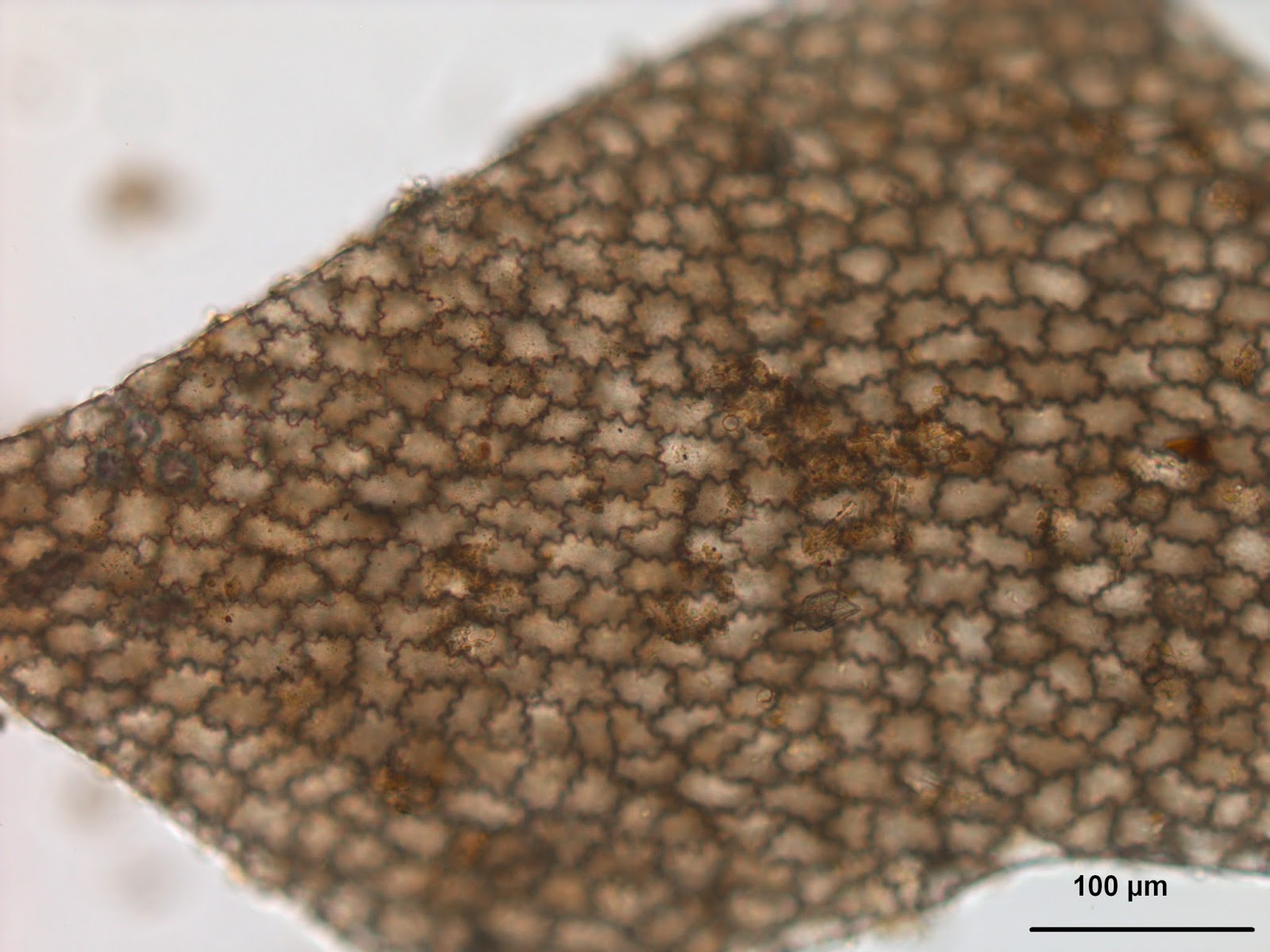A Day in the Life of Poo!

A day in the life of poo! So I absolutely need a cartoonist to do a follow of this fab comic from Newcastle Civil Engineering and Geosciences , on showing how useful poo in it's various forms is in archaeology! Such an under-appreciated source of information, ancient poo from both humans and animals has a whole lot to contribute to our understanding of diet, health, environment, and early animal management in the past. And not forgetting that animal dung was (and is) and important fuel use in many societies. Ancient poo (aka coprolites or palaeofaeces ) provides a neat little package of information, containing everything from pollen, seeds, plant tissues and bone fragments to parasite eggs and lipid residues. The fact that it represents a snapshot of a person over just a few days has a huge advantage over more traditional methods of looking at health and diet (such as isotopes from skeletons), which tend to be more time-averaged or 'lifetime' signatures, and can miss the...

